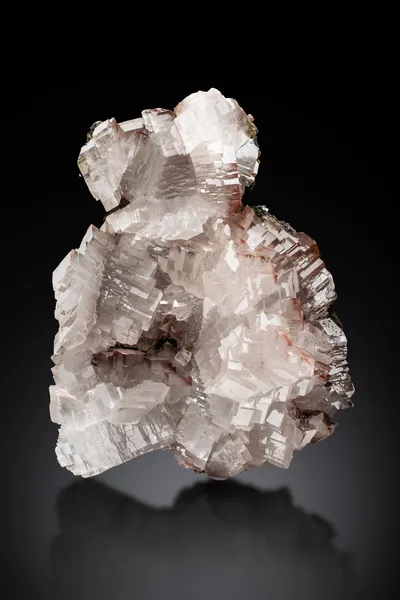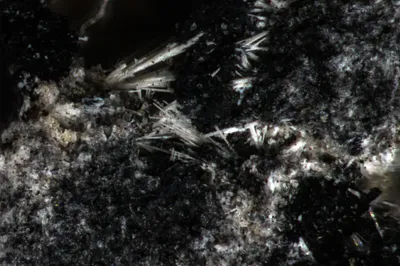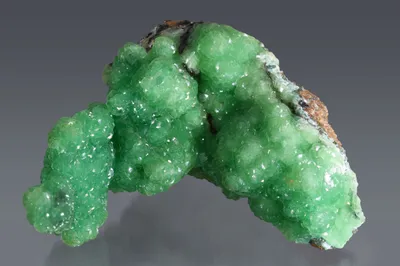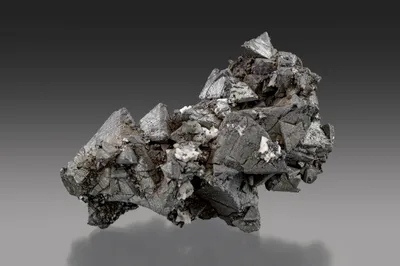Mineral Species
Clausthalite
Type Locality
No
Composition
PbSe
Crystal System
Cubic
Status at Tsumeb
Confirmed
Abundance
Extremely rare
Distribution
Second oxidation zone (?); sulphide ores
Paragenesis
Hypogene (?)
Entry Number
Species; TSNB86
General Notes
Selenium-bearing minerals are extremely uncommon at Tsumeb. Gebhard (1999) provided the first published record of clausthalite from the locality, describing "… tiny crystals [of clausthalite] in an altered dolomite" and noting that the clausthalite was covered in colourless-white fibrous crystals of what he believed to be a lead selenate and which he designated as GS 19. (The latter would later be described as a new selenite and named plumboselite; Kampf et al. 2011).
According to Kampf et al. (2011), three specimens of clausthalite / plumboselite were originally collected by John Innes in the late 1970s or 1980s. Only one such specimen is recorded in the catalogue of the John Innes Collection (E. H. Nickel, c. 1993, unpublished); it is a 95 mm specimen, described by Nickel as:
"A drusy siliceous rock largely encrusted by smithsonite rhombohedra (up to 2 mm) heavily coated by white calcite. The smithsonite is studded by clear honey-yellow mimetite crystals (up to 6 mm). Minor interstitial black sooty chalcocite and clausthalite (XRD A10372)".
The parenthesised number records that the clausthalite was verified by XRD at the CSIRO in Perth, Western Australia. There is, however, no record of the level in the mine from which the specimen was collected.
Nevertheless, Kampf et al. (2011) speculated that the three Innes specimens might have originated from "… the second oxidation zone, on or in the vicinity of 30 level, because this was the part of the mine being exploited in the late 1970s." In the author’s opinion this is an unsafe assumption and the location from which the clausthalite specimens were recovered must be considered unknown.
The three Innes specimens passed to the collection of Bill Pinch and are now in the collections at Harvard University; one of these (MGMH 2020.7.791) is designated as the source of holotype materials for plumboselite.
Subsequently, clausthalite has been identified in association with munakataite and plumboselite on a specimen formerly in the collection of Shields Flynn (Flynn et al. 2016) which is now in the Feinglos Collection at Harvard University (MGMH 2022.4.10403T). There is little doubt that both plumboselite and munakataite are oxidation products of the clausthalite (Kampf et al. 2011; Flynn et al. 2016).
Associated Minerals
calcite; munakataite; orlandiite (?); plumboselite; smithsonite; tennantite-(Zn); vaterite





